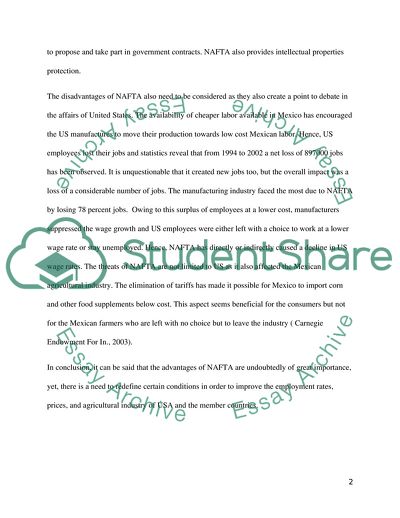Not Found (#404) - StudentShare. https://studentshare.org/marketing/1727711-research-on-the-north-american-free-trade-agreement
Not Found (#404) - StudentShare. https://studentshare.org/marketing/1727711-research-on-the-north-american-free-trade-agreement.


